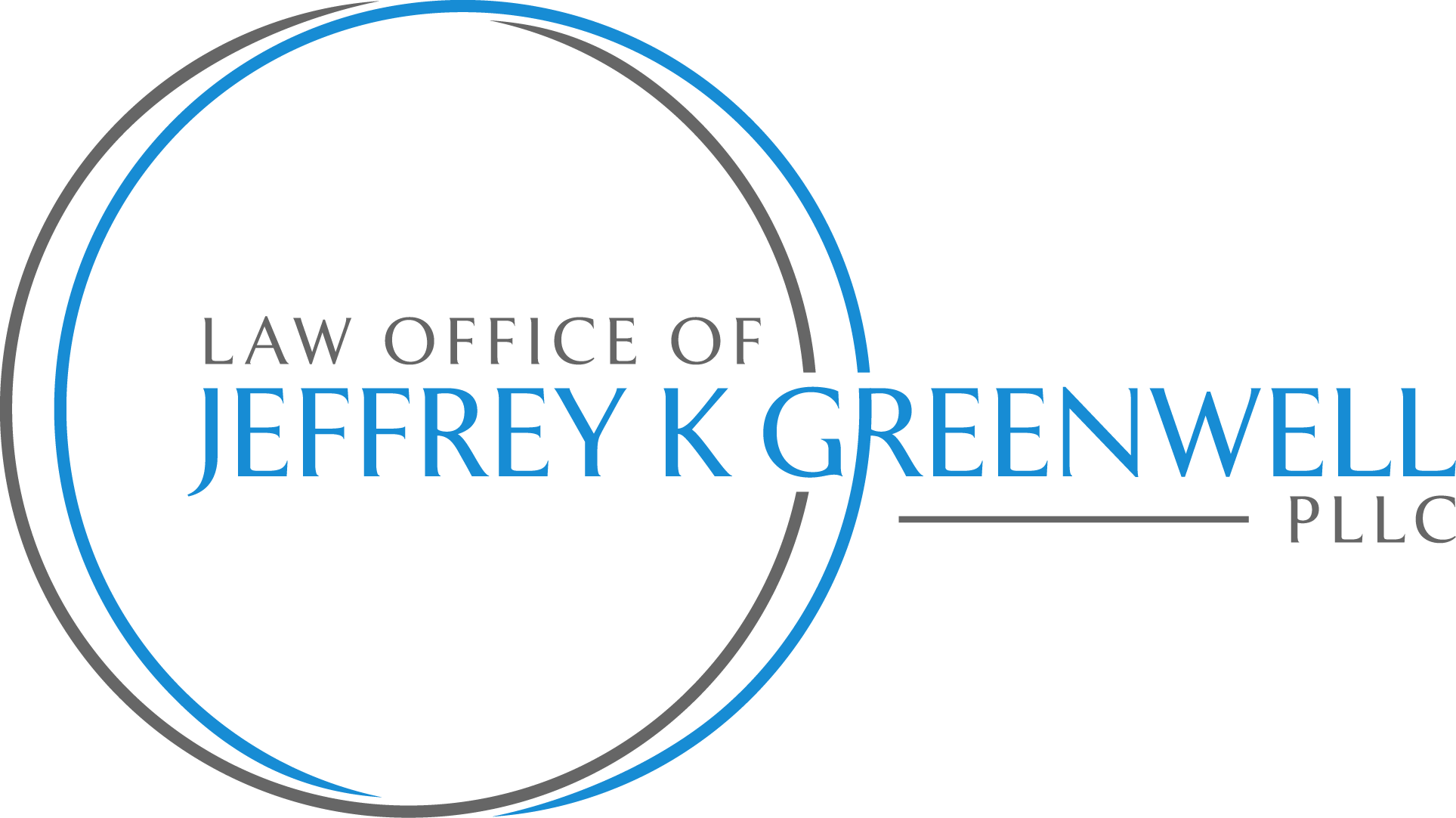If you want to hold onto your vehicle, or other collateral, Chapter 13 makes it happen.
To Keep Your Vehicle
A. If your vehicle loan is more than two and a half years old: As the last blog showed, Chapter 13 provides a remarkable number of ways for homeowners to keep their homes. And yet one of the most powerful tools that is not available to homeowners IS available to vehicle loan borrowers: the cram down.
With cram down, the amount you owe is “crammed down” to the value of the vehicle, which is often thousands of dollars less than you would otherwise owe. Not only that, in effect we can re-write the vehicle loan so that almost always you pay a lower monthly payment, often at a lower interest rate. All this in combination usually means that you pay a lot less overall for the vehicle before owning it free and clear.
Another way of explaining it, in your Chapter 13 plan your vehicle loan balance is divided into two parts: the secured and unsecured parts. The secured amount is the value of the vehicle, while the unsecured amount is the rest of the loan balance. So for example if you owe $12,000 on a vehicle worth $9,000, the secured part is $9,000, and the unsecured part is the amount left over, $3,000. The loan is effectively re-written for $9,000, often at a lower interest rate, often with a longer term of payments, which can significantly reduce the monthly payment that you pay for it through your plan. Then the unsecured remaining $3,000 is added to the pile of your other unsecured creditors. In unusual cases, that could result in you paying more into your Chapter 13 case. But usually you are paying just a portion of your unsecured debt, often only a small percentage of the debt, sometimes even none of it. So there is often no financial effect on you for adding this $3,000 to the rest of your unsecured debts.
Bottom line: with cram down, you pay less for your vehicle, usually both in your monthly payment and overall.
B. If your vehicle loan is less than two and a half years old: You can only do a cram down if the vehicle was bought for business purposes. So otherwise, no cram down.
However, even if the debt can’t be reduced, the monthly payment may still be reduced by a potential combination of reducing the interest rate and stretching out the payments over a longer period of time. Whether this can be done will depend on a number of factors in your case, such as the interest rate on your loan, and how many months you are scheduled to pay on it.
Also, because the parts of the Bankruptcy Code that address this is particularly unclear, different bankruptcy courts can interpret it differently, and these interpretations can change over time. So this is an area even more than usual that you need to talk to me or to your local attorney for how the law is being applied.
To Keep Your Appliances, Electronics, Other Collateral
A. If your purchase was more than a year ago: The above 910-day rule for vehicles is shortened to 1-year for “any other thing of value.” So for any collateral other than “motor vehicles,” the debt can be crammed down to the value of the collateral if purchased more than a year before filing the bankruptcy. Since many of the most common types of collateral depreciate very quickly—especially electronics and home appliances—this can significantly reduce the amount you need to pay for them.
B. If your purchase was less than a year ago. Cram down is not available, but consider the following.
1. Many purchased items are not collateral legally tied to the debt. For example, with rare exceptions most Visa, Mastercard, Discover, American Express purchases do not result in the goods purchased becoming collateral on the debt. The creditor has no right to repossess it, in bankruptcy the debt is treated as a simple unsecured debt, and there is no collateral to worry about. The creditor must have gone through specific legal steps to turn the purchased items into collateral. Talk to me or your local attorney about a particular item of collateral to see if it really is.
2. Even when a creditor has gone through the necessary steps to turn the item purchased into collateral, if that item is not worth much, some creditors may well not enforce their rights in the collateral. Doing so may simply not be worth their cost. So it doesn’t make much sense to pay this creditor in your Chapter 13 case, if you can keep the collateral without paying the creditor. Knowing which creditors are lax in this way and under what circumstances is the kind of knowledge that comes from experience, a benefit of having an attorney who focuses on bankruptcy.
3. If you have non-vehicle collateral which is definitely tied to the debt, has a significant resale value, and is definitely something you want to keep, think about waiting to file bankruptcy until the 1-year period has passed. That may especially make sense if that point in time is approaching soon.
